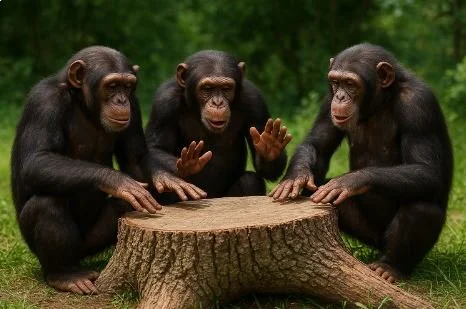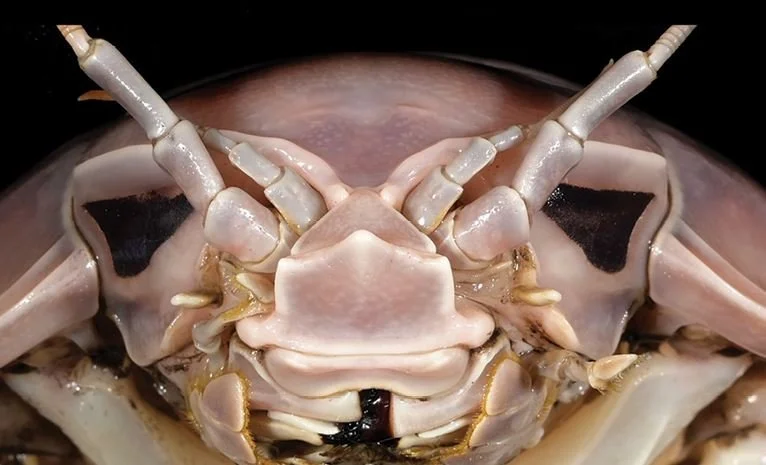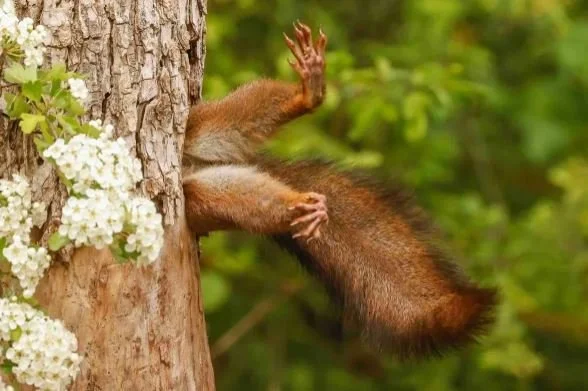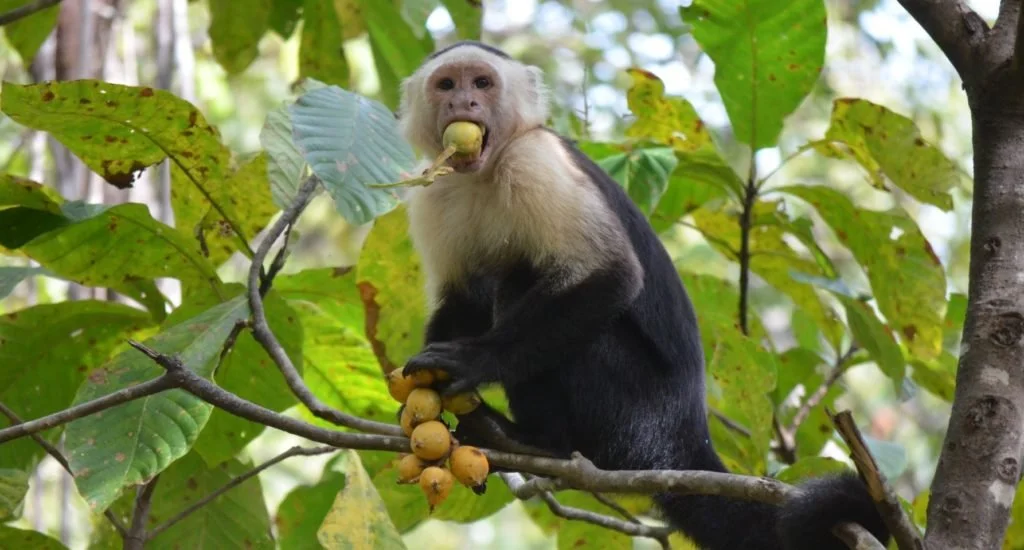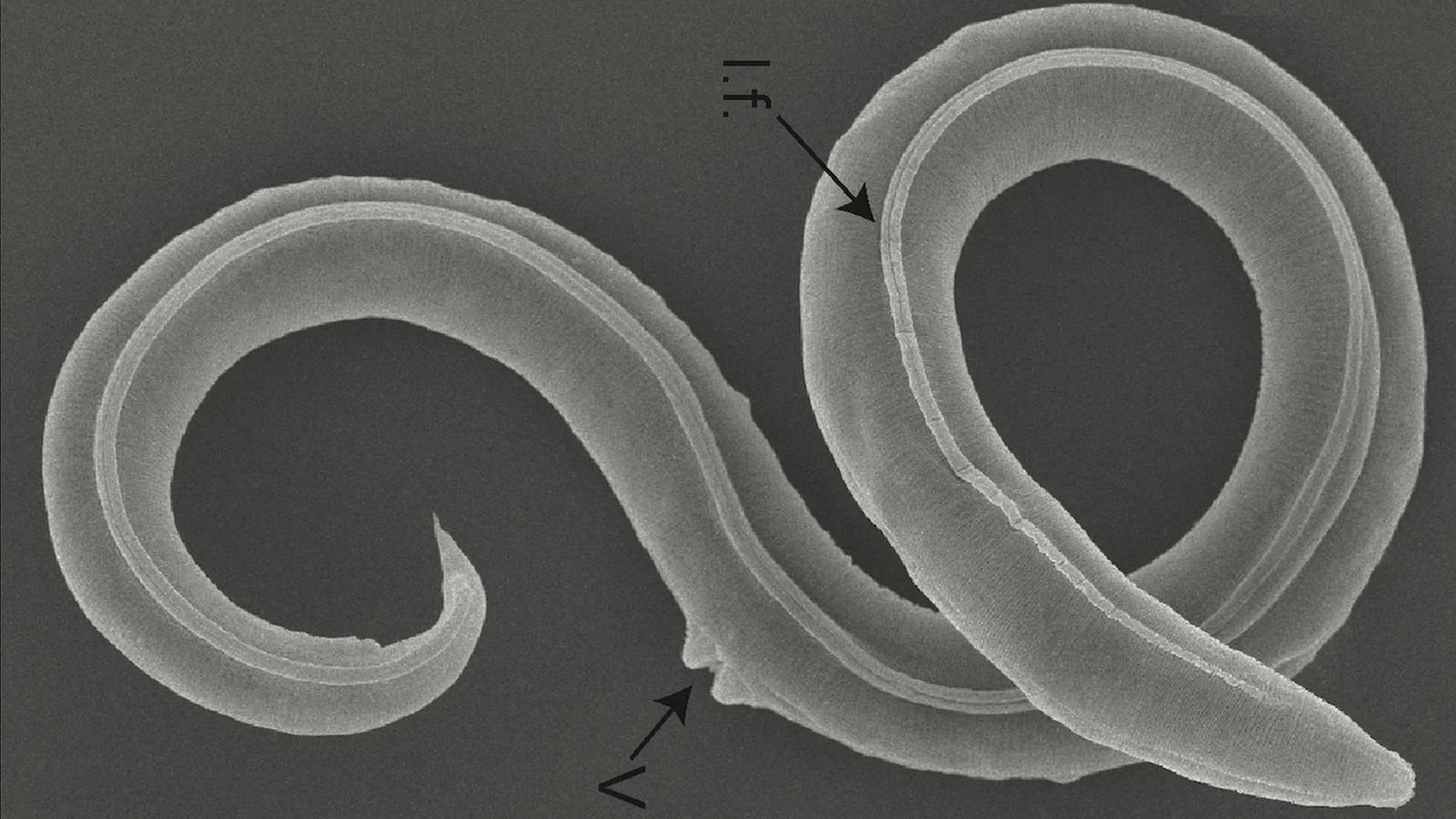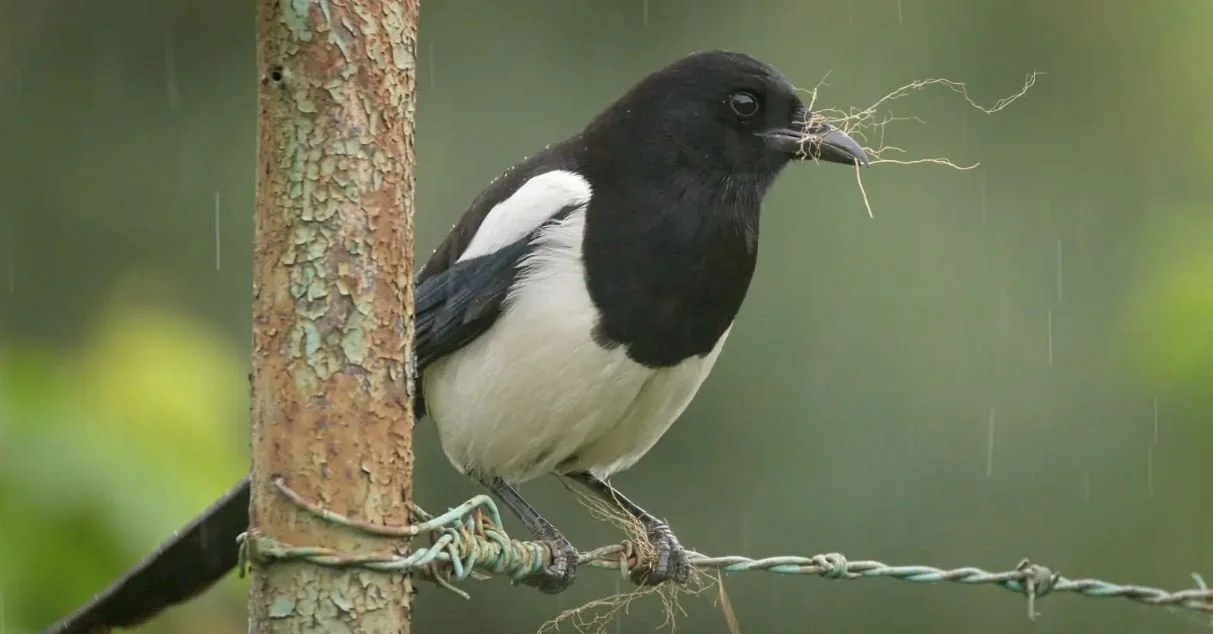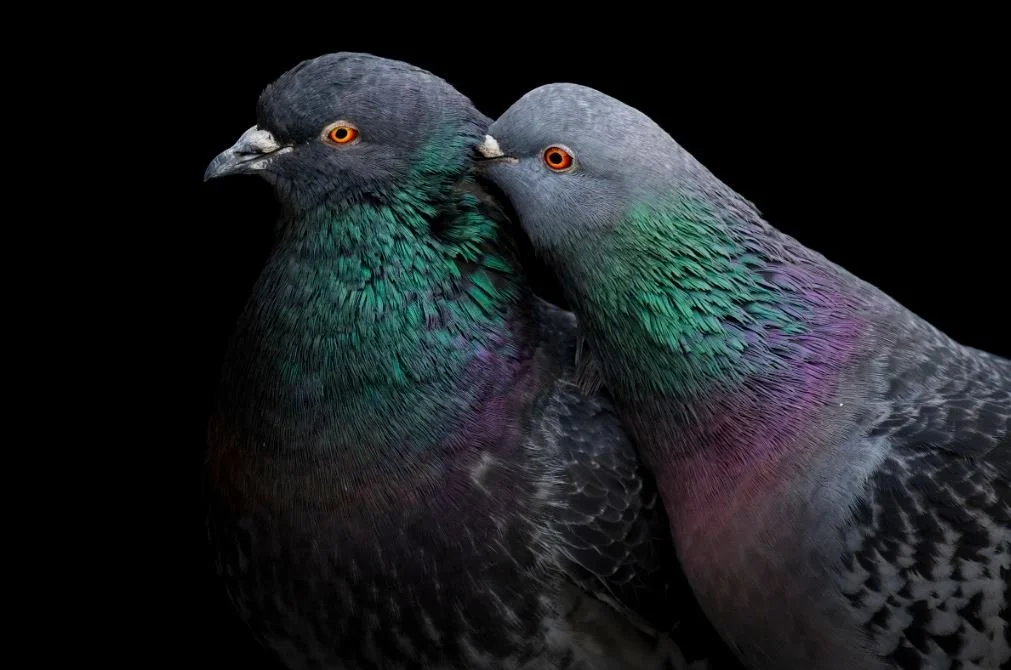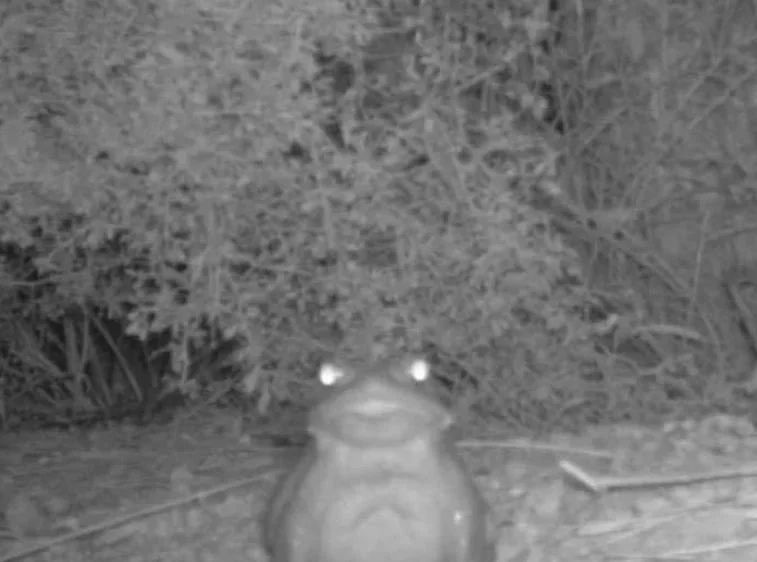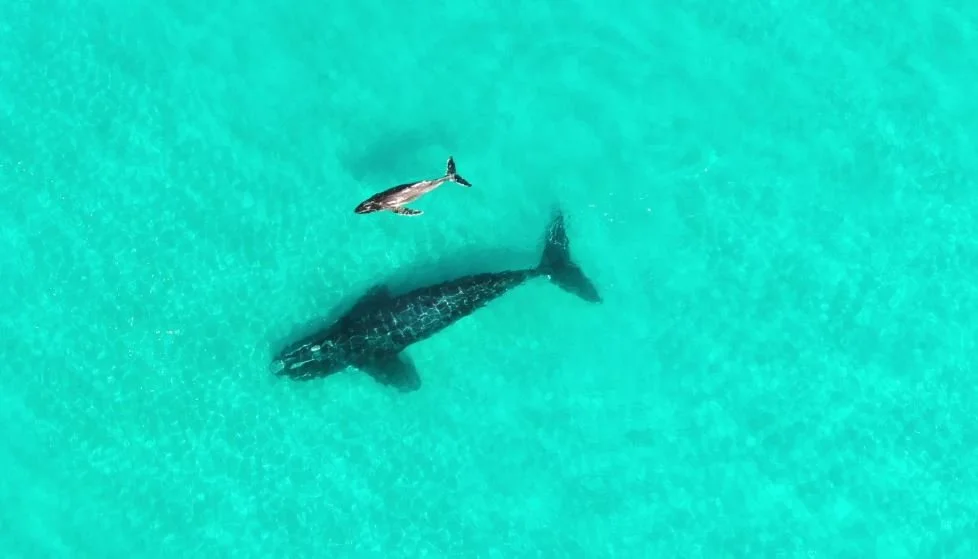Earlier this month, the Aquarium of the Pacific announced that its giant Pacific octopus named Ghost had laid a clutch of eggs, but that her days were numbered. She had entered the last stage of her life cycle, senescence, when a female lays eggs that won’t hatch.
Hi.
Welcome to my blog.



